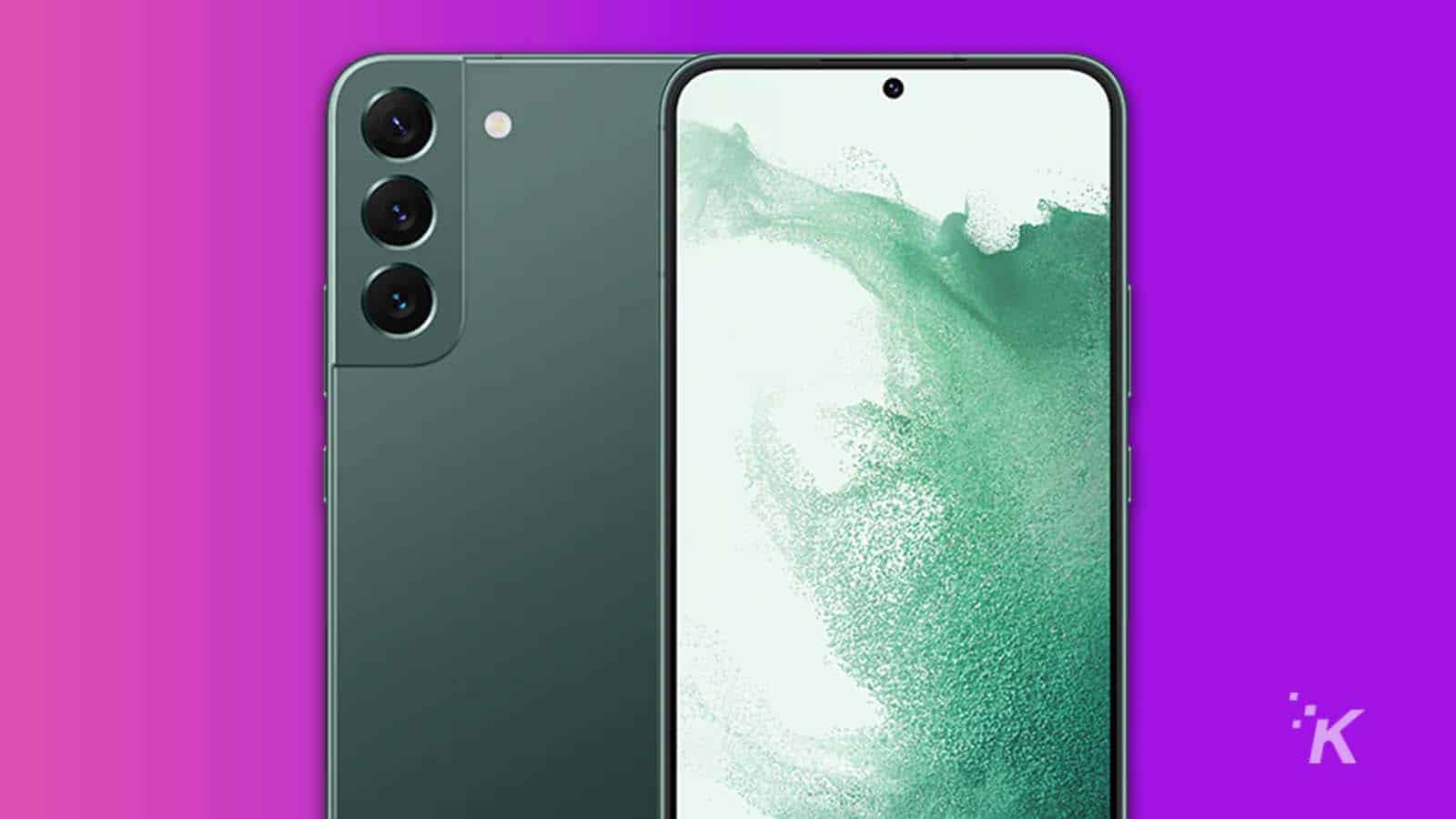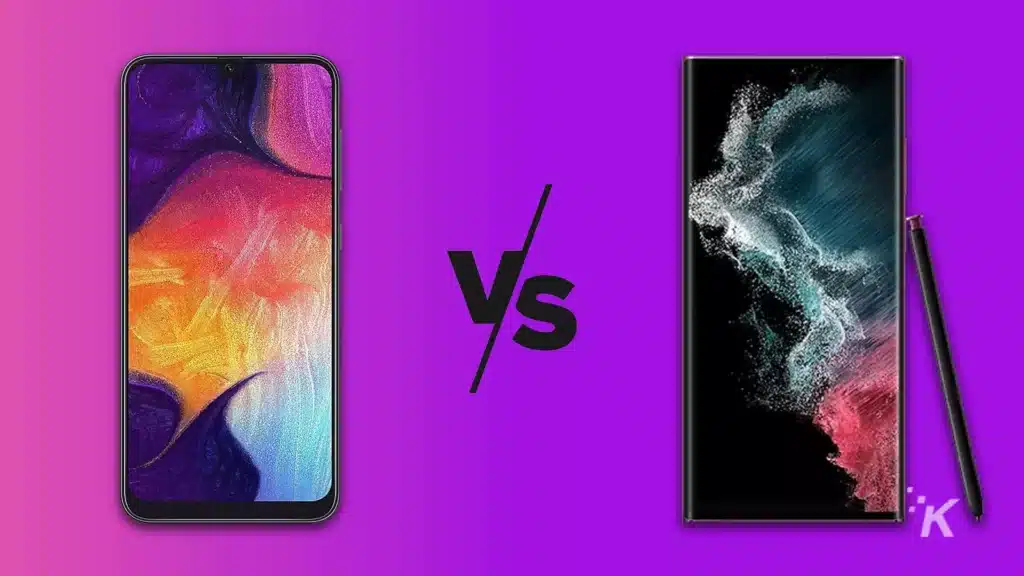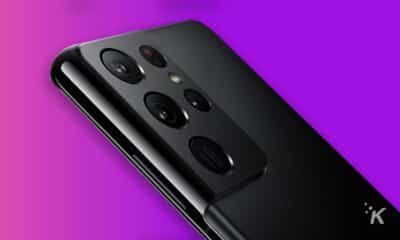Mobile
What’s the difference between an LCD and AMOLED mobile display?
When buying a new phone, knowing the differences between screen types can be helpful.

While many major phone manufacturers have moved away from LCD in favor of OLED, both options still occupy the market. When purchasing a new device, you may ask: which technology is better and what’s the difference between LCD and AMOLED?
Generally, because LCD is tried, true, and has been around for a while, you’ll save yourself a few dollars opting for the earlier tech. AMOLED, however, is the shiny new thing that has some serious advantages, but you will, of course, have to pay for them.
Let’s discuss the differences between LCD and AMOLED when choosing a mobile display type.
Differences between LCD and AMOLED

READ MORE: Are OLED TVs actually better than QD-OLED TVs?
If you only use your device for basic functions, such as texting, email, and exploring the internet, the display type won’t matter much.
But if you’re a gamer, movie watcher, or photographer, the technology you choose will have a notable impact on your experience.
While LCD screens use liquid crystals and a backlight to present images, AMOLED is a type of OLED display technology that can activate—or deactivate—each pixel individually.
More control means better image quality and, due to the absence of a backlight, the ability to depict true darkness. Even so, each technology has its benefits and drawbacks.
Advantages of LCD
Because LCD is a mature technology, manufacturers have gotten good at producing it efficiently and at a low cost. While AMOLED is fairly widespread now, production techniques and prices still have room to improve.
Here are some of the advantages of an LCD display:
- Cheaper and easier to produce
- Higher refresh rate for a lower price
- Easier to view in bright environments
- Robust technology that doesn’t degrade quickly
If you play games on your mobile device or any other display, a high refresh rate is important. Ideally, you’ll want a rate of at least 120Hz—refreshing 120 times per second—for the smoothest gaming experience.

While some modern AMOLED displays do provide refresh rates of 120Hz, many lower-cost products offer less. With that said, cheaper LCD screens may also skimp on this specification.
Generally, LCD displays function better in bright environments, especially when direct sunlight is involved. However, modern AMOLED tech is getting better at addressing this issue.
Finally, LCD has experienced decades of trials and evolution, which makes for a more refined product. AMOLED tech hasn’t yet peaked, and some consumers have concerns about the rapid degradation of certain materials used in production. But technological advancements will likely solve this issue in time.
Advantages of AMOLED
Because AMOLED displays control each pixel individually, the images presented are vivid and clear. On top of that, the ability to switch off a pixel completely allows for the depiction of true darkness.
Here are some of the advantages of an AMOLED display:
- Richer, clearer, more accurate images
- Able to depict true darkness (great for night/dark mode)
- Uses less power
- Quick response time
If you’re a night mode user, AMOLED tech can help you save power—and your eyes—by greatly reducing the amount of light emitted.

A quick response time—the speed at which a pixel changes color—is crucial to a smooth gaming experience.
If your display’s response is too slow, the image could appear blurry, affecting your performance. But good luck using that as an excuse for playing poorly.
Luckily, quality AMOLED displays provide a rapid response rate, sometimes as low as 1 ms, which leaves little room for weak excuses.
LCD vs. AMOLED
If you’re looking for a display that’s reliable, long-lasting, and reasonably priced, LCD is a good choice.
However, AMOLED tech is always improving, and the current products on the market already outdo LCD in many areas. If you’re a gamer or someone who likes to occupy the cutting edge of technology, AMOLED may be more your style.
Have any thoughts on this? Let us know down below in the comments or carry the discussion over to our Twitter or Facebook.
Editors’ Recommendations:
- Here’s everything you need to know the next time you shop for a new TV
- Apple is working on a cheaper external display that won’t cost $5,000
- Review: Lepow 14″ portable monitor – great for working on the go, but not perfect
- Can you use an all-purpose cleaner on your TV screen?































